The fourth and final movement pattern of this blog series is the hip hinge. If you have not read it already, head to the original blog post, Optimal Movement Patterns for Building Muscle, which gives an overview of the four-movement patterns that everyone should be training. In this post, I go over the hip hinge movement pattern.
 The Hip Hinge Pattern
The Hip Hinge Pattern
The hip hinge movement pattern is a compound movement that works the muscles of the low back, glutes, and hamstrings. These muscles are also known as the “go” muscles. The hinge pattern is an essential movement for your activities of daily living such as bending over, getting up from the floor, and walking. It is also essential to train this pattern to strengthen the muscles of the lower back around the spine. These muscles, as well as the glutes and hamstrings, can become very weak if you work a desk job or are sedentary for most of your day.
Training the hip hinge movement pattern to a full range of motion can also improve the flexibility in your hips and hamstrings. Learning how to hinge properly should be an essential aspect of your training from the beginning. Within your training plan, you can break this movement down into bilateral and unilateral patterns, just like the squat pattern. Bilateral means both legs working at the same time, and unilateral means one leg at a time. Utilizing both bilateral and unilateral will ensure you are not creating any imbalances between your legs. You can also isolate the muscles utilized in the hip hinge pattern, the hamstrings, and the glutes.
Hip Hinge Variations
Bilateral
- Barbell Deadlift
- Kettlebell Deadlift
- Hex Bar Deadlift
- Barbell Romanian Deadlift
- Dumbbell Romanian Deadlift
- Barbell Goodmornings
- Seated Goodmornings
- Hip Thrusts
- Glute Bridges
- Kettlebell Swings
Unilateral
- Kickstand Deadlift
- Single-leg Romanian Deadlift
Hamstring Isolation Movements
- Prone Leg Curl
- Seated Leg Curl
- Banded Leg Curl
Glute Isolation Movements
- Glute Kick Backs
- Hip Abduction (band or machine)
- Glute Ham Raises
- Glute Focus Back Extensions
Get Help with Your Training Program
For more information on how to properly progress and structure a training program, visit our staff at the track desk to schedule a private session. We are more than happy to help at any time, and as part of your membership here at NIFS, you receive complimentary workout programs. Our Health Fitness professionals tailor all programs to your fitness goals.
This blog was written by Evan James, NIFS Exercise Physiologist EP-C, Health Fitness Instructor, and Personal Trainer. To learn more about the NIFS bloggers, click here.

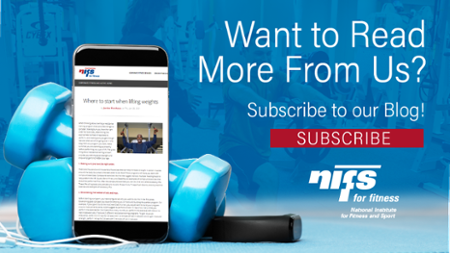
 Chances are if you are like me, you have been told your whole life, “Make sure you’re stretching, it’s important!” But to many, the first thought that pops into their head when they think about stretching is, “Why?” And that is a very understandable response because stretching can involve a lot of discomfort (in the beginning) and to some, it might even cause a bit of pain. But there certainly is a method to the madness, and a reason why stretching is a vital component of your fitness program and, ultimately, your lifestyle.
Chances are if you are like me, you have been told your whole life, “Make sure you’re stretching, it’s important!” But to many, the first thought that pops into their head when they think about stretching is, “Why?” And that is a very understandable response because stretching can involve a lot of discomfort (in the beginning) and to some, it might even cause a bit of pain. But there certainly is a method to the madness, and a reason why stretching is a vital component of your fitness program and, ultimately, your lifestyle. 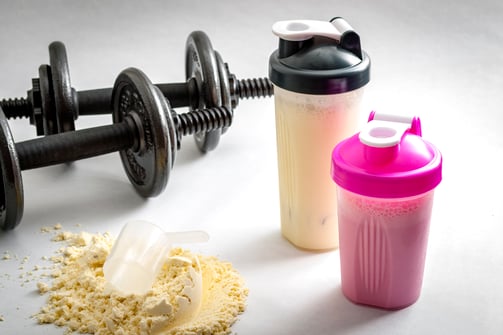 Thousands of sports nutrition supplements are touted to improve strength, endurance, and a variety of other athletic factors. But do they work and are they necessary? Below are some of the most common supplements advertised for athletes, as well as what they do, how well they work, and how much is safe to supplement. It’s important to note that you should always consult your physician or a registered dietitian specializing in sports medicine before starting any new supplement.
Thousands of sports nutrition supplements are touted to improve strength, endurance, and a variety of other athletic factors. But do they work and are they necessary? Below are some of the most common supplements advertised for athletes, as well as what they do, how well they work, and how much is safe to supplement. It’s important to note that you should always consult your physician or a registered dietitian specializing in sports medicine before starting any new supplement.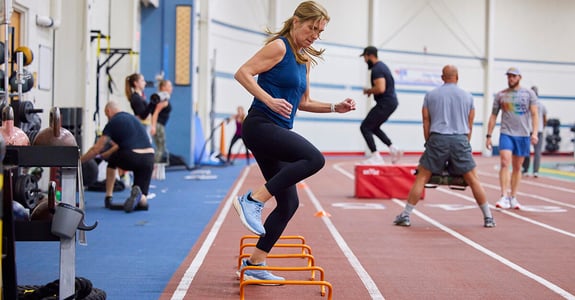 More and more in today’s society, people have one resource that seems like it is only getting stretched out thinner and thinner: time. Too many of us seem to be cramming more and more things into our lives, whether that be work-related events, personal interests, or family events. With this ever-growing list of things we have taking time out of our day, many have to choose between stuff they need to get done and things they want to get done. One thing we all know we should do but sometimes choose to skip because of time constraints is exercising.
More and more in today’s society, people have one resource that seems like it is only getting stretched out thinner and thinner: time. Too many of us seem to be cramming more and more things into our lives, whether that be work-related events, personal interests, or family events. With this ever-growing list of things we have taking time out of our day, many have to choose between stuff they need to get done and things they want to get done. One thing we all know we should do but sometimes choose to skip because of time constraints is exercising.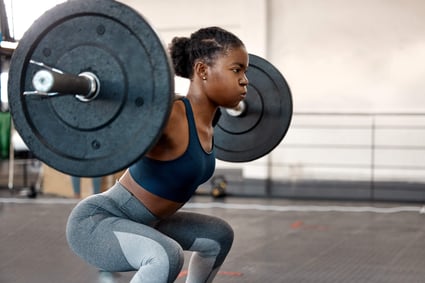 The
The 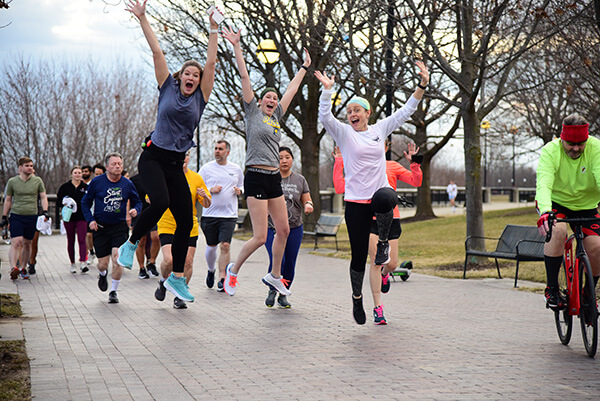
 How I Did It
How I Did It The Gluteal Muscles
The Gluteal Muscles.jpg?width=532&height=342&name=GettyImages-1083005864(1).jpg) Muscle Mass Gains
Muscle Mass Gains 1. Do make a plan to manage your stress level.
1. Do make a plan to manage your stress level.